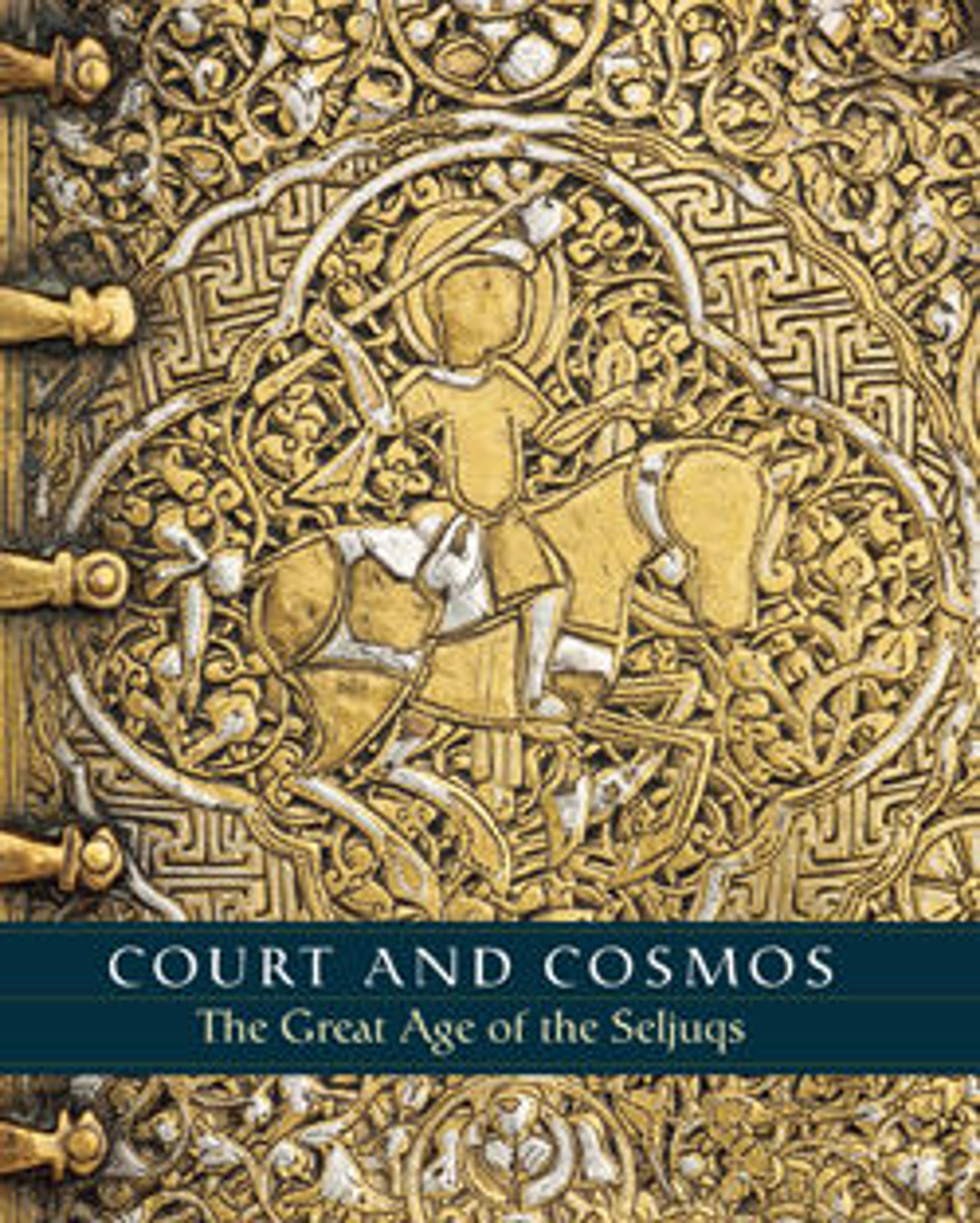Textile Fragment with Double-Headed Eagles and Facing Lions
The design on this fragmentary textile consists of two rows of roundels: the upper roundels contain double-headed eagles, and the lower ones, confronted lions. The roundels are situated against a dense vegetal background. The luxurious medium, together with the combination of these two creatures, would have carried regal significance in the Seljuq period and beyond.
Artwork Details
- Title:Textile Fragment with Double-Headed Eagles and Facing Lions
- Date:13th century
- Geography:Attributed to Iran or Turkey
- Medium:Silk, gilded animal substrate around a silk core; plain and twill weave (lampas)
- Dimensions:H. 7 7/8 in. (20 cm)
W. 19 1/2 in. (49.5 cm) - Classification:Textiles
- Credit Line:Gift of George Hecksher, 2011
- Object Number:2012.338
- Curatorial Department: Islamic Art
More Artwork
Research Resources
The Met provides unparalleled resources for research and welcomes an international community of students and scholars. The Met's Open Access API is where creators and researchers can connect to the The Met collection. Open Access data and public domain images are available for unrestricted commercial and noncommercial use without permission or fee.
To request images under copyright and other restrictions, please use this Image Request form.
Feedback
We continue to research and examine historical and cultural context for objects in The Met collection. If you have comments or questions about this object record, please contact us using the form below. The Museum looks forward to receiving your comments.
